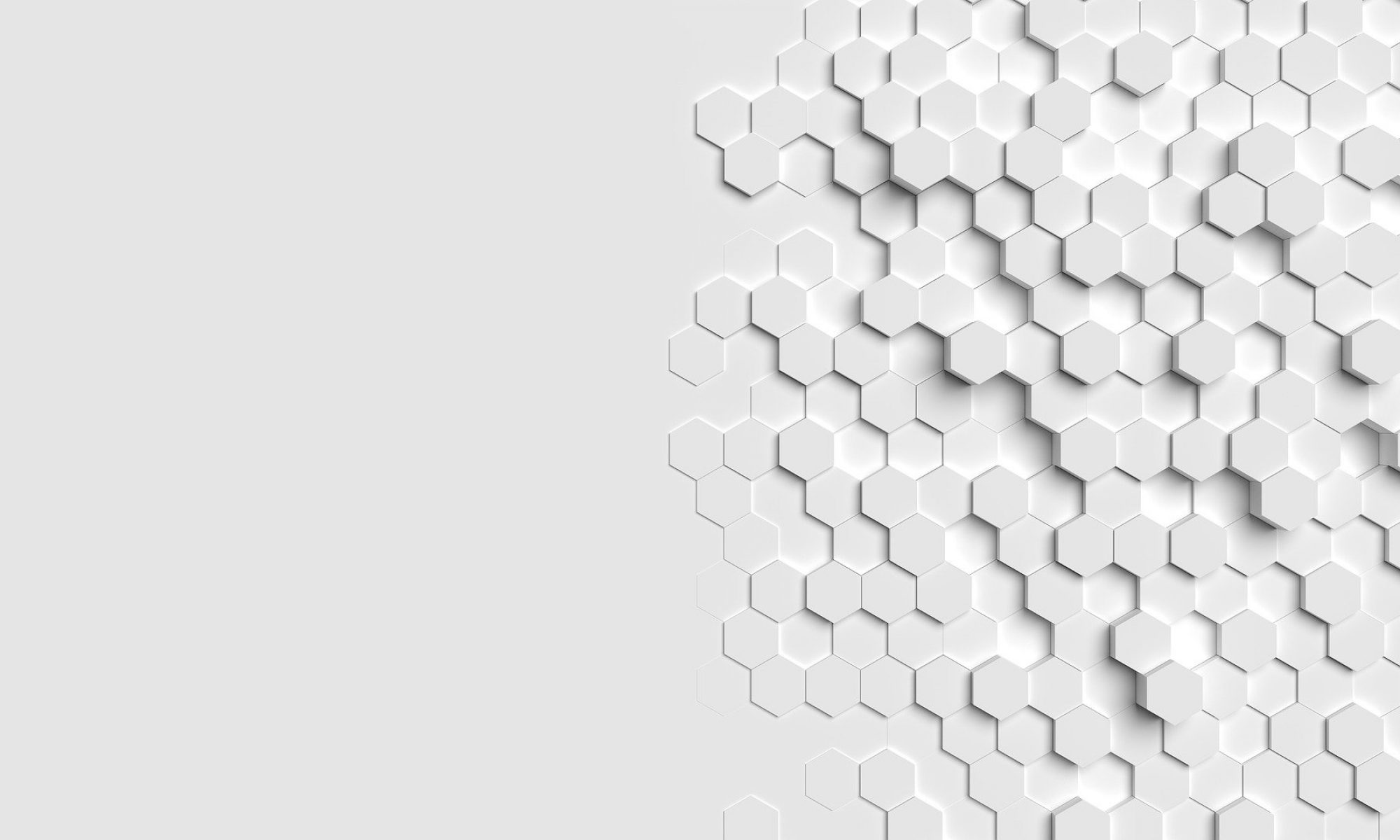On Friday, 5 November, Robert DiSalle (Western University) will give a talk titled “On the epistemological foundations of space-time geometry” (abstract below).
The meeting will take place online on Zoom (17:00-19:00 CET). If you have not registered yet, you can do so here.
You can address any inquiry to antonio.vassallo@pw.edu.pl.
ABSTRACT
According to Einstein, what was central to the motivating arguments for the general theory of relativity included not only the familiar arguments about generalizing the relativity of motion, but also the more complicated argument about the empirical content of space-time geometry. On this matter, Einstein’s views, broadly speaking, reflected the influence and insight of Poincaré and Hilbert regarding the empirical interpretation of formal structures. More specifically, however, Einstein offered a reductive analysis of the empirical foundation of geometry, that is, the argument reducing geometrical measurements to observations of “point-coincidences.” This reductive argument in turn inspired logical empiricist conceptions of the empirical content of formal theories. This paper draws a sharp contrast between such conception and the way in which the theory actually determines its characteristic theoretical magnitudes, such as the curvature of space-time. It suggests that the reductive analysis ultimately obscures the empirical significance of general relativity as a novel theory of gravity and space-time, and the nature of the evidentiary basis for this dramatic conceptual shift. I outline an alternative account of how general relativity connects with spatial and temporal measurement, based in the history of the epistemology of geometry, by extending historical analyses of spatial measurement, and of the empirical character of non-Euclidean geometry, to the analysis of curved space-time. This account suggests, more generally, an account of scientific representation, and of the links between empirical descriptions and mathematical structures, that avoids the characteristic difficulties of standard recent approaches.

